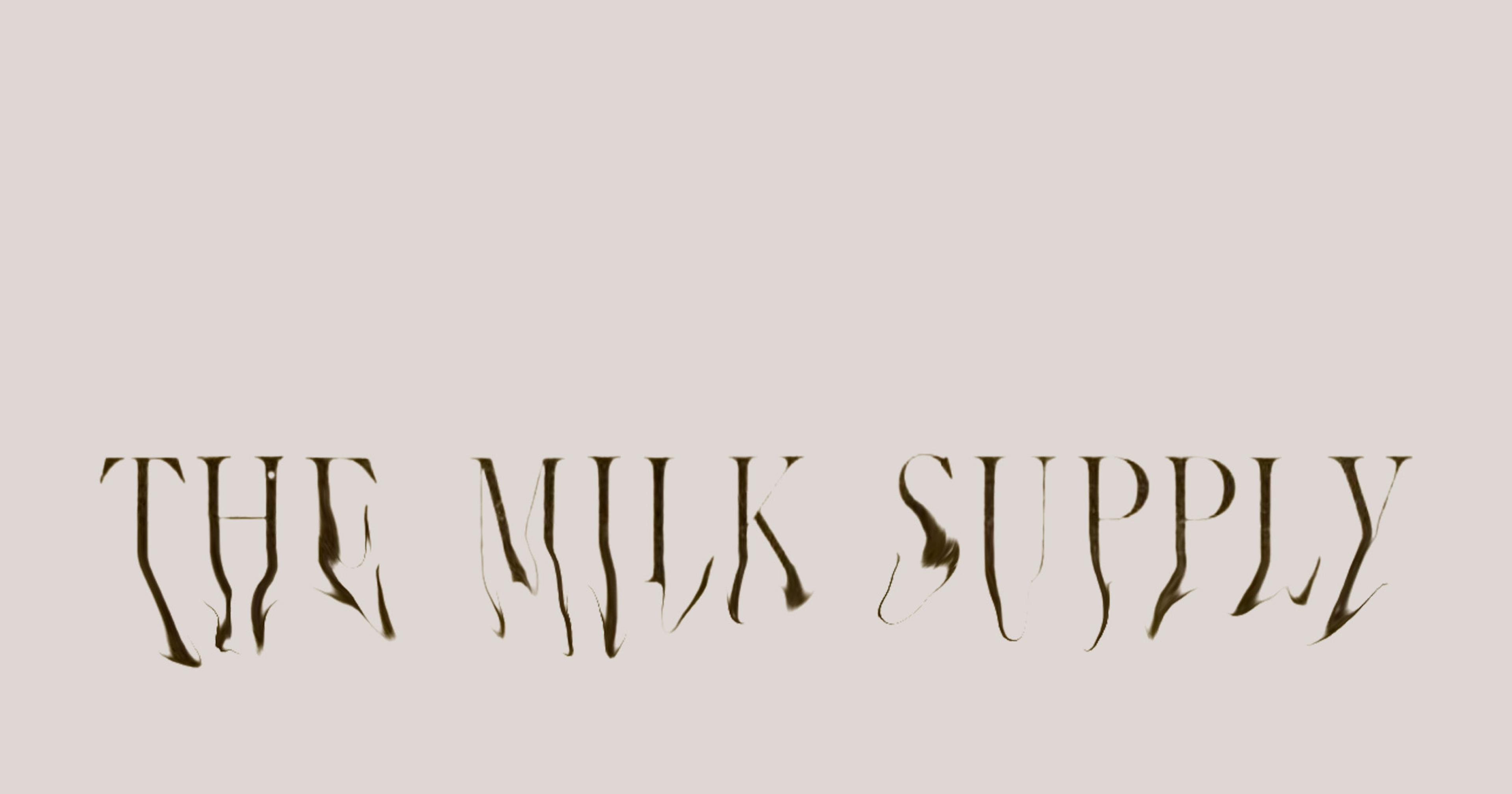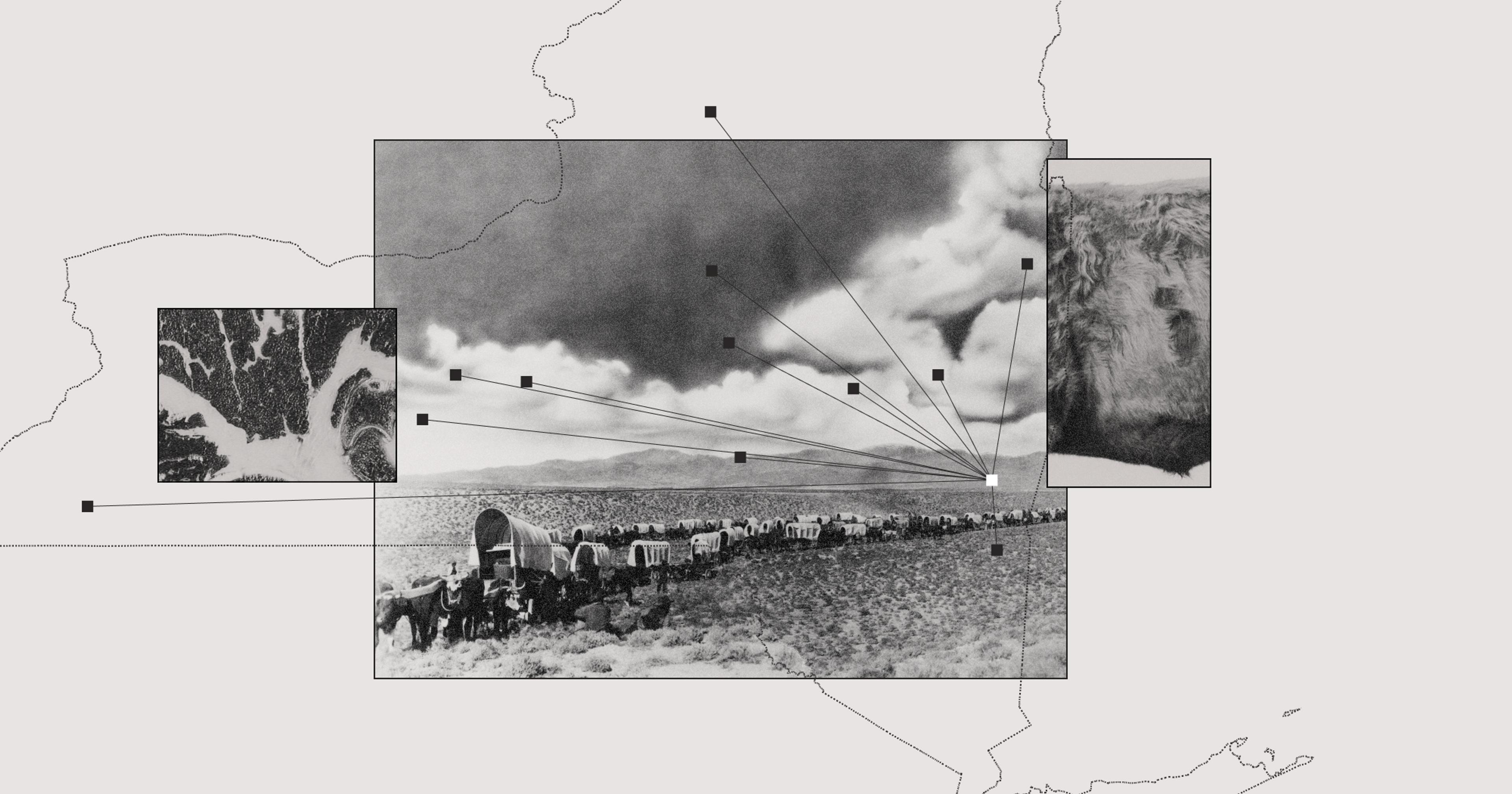In a push for increased sustainability, some high-end chefs are utilizing beef from old dairy cows. Yet for dairy farmers, a business case has yet to be made for promoting the product.
Step into any American steakhouse and you’ll see the standard offerings: filet mignon, strip steak, ribeye, sirloin, you know the drill. Most of this meat comes from Angus cattle, the most common breed of beef cattle in the U.S. Occasionally you might see a Charolais or a Hereford, but ask for a Jersey or Holstein steak and you’ll be laughed out onto the street.
Dairy cow meat? The host will jeer. No one wants that.
Culled dairy beef, generally sourced from retired dairy cows who can no longer calve or produce milk, has a low-value reputation among red meat lovers. Often accused of being too tough or too lean, it’s typically reserved for cheaper, commodity beef items: ground beef, striploins, tenderloins, and the like.
Dairy farmers themselves will sing a different tune. Judy Gifford was born and raised on a small dairy operation in Connecticut. Gifford bought her first Jersey heifer at 12 years old, using quarters she saved from babysitting and a small loan from her sister. Now in her 60s, Gifford runs St. Brigid’s Farm in Kennedyville, Maryland.
“It’s all we ever eat,” Gifford said of dairy cow meat. “Jersey beef, specifically, is very good. It’s got internal marbling, and a yellow fat which comes from the beta carotene in their milk.”
Some farmers and chefs argue that dairy cow meat simply faces a branding problem. Most of what we value as good traits in a steak, such as lean, tender meat, and soft, white marbling, can be achieved in dairy cows if they are given the right food and lifestyle, and harvested at the right age, in the right health.
Blue Hill at Stone Barns in Tarrytown, New York, even goes as far as claiming dairy cow meat is “better than Wagyu” when done right. Blue Hill’s head chef, Dan Barber said in a written response that, “It’s [about] giving the cow, who might not be an Angus or Wagyu or an esteemed beef cattle breed, the chance to put on fat and muscle and develop pronounced and idiosyncratic flavoring.”
Barber believes dairy cow meat is misunderstood, sent to the cultural wayside by Western standards and the rise of industrialized farming. “Tender cuts with colorless fat from young beef cattle are the American standard. We’re hoping to change what diners are coveting,” he wrote.
On the Blue Hill menu, though it changes daily, you’ll often find former milkers taking center stage. These are finely tuned — not to mention expensive — plates, boasting titles such as retired dairy cow with root-to-leaf celeriac, dairy cow figatellu, and even something Barber called “Dog Food”, a meatloaf made from dairy cow meat and potatoes cut to resemble rice.
“Tender cuts with colorless fat from young beef cattle are the American standard.”
“There’s a wealth of untapped potential in this meat,” Barber noted. “Sure, you have to chew it a bit more, and sure, the fat is yellow, but it’s damn good.” Perceptions aside, cull dairy cow meat makes up nearly 10 percent of national beef production in the United States.
Barber believes there’s even more market to be gained by repurposing culled cows into high-quality beef, and he’s not the only one looking to give dairy cows a seat at the table. Clifford Pollard founded Mindful Meats in 2011, and later Cream Co. Meats in 2016, a farm and later butchery focused on beef from retired dairy cows.
“There’s nothing convenient about it,” Pollard told Modern Farmer in 2019. “It takes a long time to raise … There’s a lot of handling and a lot of aging to actually get it to the point where it’s going to be this incredibly special experience.” Convenience aside, Cream Co. Meats recently raised $4 million in funding to expand its operations.
As culinary movements continue to push towards more sustainable and ethical farming practices, dairy cows have become an unlikely hero in the fight against food waste. “Retired dairy cow meat takes what we already know about the benefits of grass-fed beef one logical step further,” Barber added. “It’s possibly the most regenerative and resource-conscious beef out there.” (An investigative series from Eater accused Barber of misrepresenting the products on his menu, though he claimed to us: “These were false allegations and provably so.”)
In addition to reducing waste, selling cull dairy cow meat to upscale restaurants does unlock new revenue generators for dairy farmers. “Normally the only way for a farmer to get value out of a culled cow is if she goes into the food chain,” said Dan Schaefer, an animal and dairy sciences professor at UW-Madison. “If she dies or is euthanized and is picked up by a rendering company, it has become the case that one probably pays to have her picked up.”
Consolidation has also hit the dairy industry hard, with over 43 percent of farms closing or consolidating since 2012. While most culled dairy cows are sent to auction or directly to a packing plant — if they don’t succumb to illness or transit injuries before they get there — returns for these cows are generally low. This, along with record high feed costs have forced many farms to get creative in how they market and sell their products.
“When they go to market you don’t know what you’re going to get for them.”
Yet, even in cases where the meat is picked up by a chef, beef sales remain a relatively low margin business for dairy farmers. According to Schaefer, the contribution of cull cow revenue generally amounts to around 4 percent of total dairy operations.
When a farmer can sell a culled cow, which is only possible if she died relatively young and healthy, how much they get paid is pretty opaque, and prone to market forces. Culled cows are generally sent to packing plants for processing, due to United States Department of Agriculture (USDA) regulations, and farmers receive a check after the carcass is harvested. The value of the check is based on internal grading methods and standards, which are not publicly available or even communicated to farmers.
“You are paid for their weight, and you’re a price taker,” said Gifford. “When they go to market you don’t know what you’re going to get for them.” Anything else, the blood, the hide, the ears, the hooves, is generally referred to as “the fifth quarter.” “None of that is compensated,” Gifford added.
Schaefer said this lack of transparency holds farmers back from recouping the full value of their animals. A culled carcass can have value far beyond its weight. If they harvest a cow and she happens to be pregnant, the packer could extract blood serum out of the unborn calf — a high value product often used in cosmetics and pharmaceuticals. If the cow had gall stones they can be sold on the Chinese market as an aphrodisiac — often at nearly $65 per gram.
“At this point there is very little communication back to the dairy farmer once the cow leaves the farm, except for a check,” said Schaefer. “But not much information on why the value is what it is.”
“You open an envelope and you don’t know what the check is going to be,” noted Gifford.

Photo by St. Brigid's Farm
St. Brigid’s Farm previously sold meat directly to a number of high end restaurants in Baltimore and Washington, D.C. Though, Gifford claimed those relationships have since been spoiled. “The high-end restaurants are shit,” she said. “They treat you like a rock star, but all of a sudden they change their protein, and there’s these cows in the pipeline with nowhere to go.”
Today, St. Brigid’s focuses more on direct-to-consumer beef sales, using a local slaughterhouse. Last year, the farm sent 20 cows to slaughter and made around $450 per head by selling the meat themselves. If they’d sent them to the commercial slaughterhouse market, she would have made around $300 per head. “It’s not free money because of the work of getting the animal back in boxes, dealing with marketing, customer service, and so on,” Gifford said. “That’s all pretty much uncompensated time.”
When asked about the quality of cull dairy cow meat, Schaefer said it really depends. He once authored a paper that followed 222 cows through a packing plant, and of those cows, 10 percent qualified for USDA choice grade. “It’s not a center plate entrée,” he said. “But it’s still choice.”










